Age Spots Medically reviewed by Cynthia Cobb, DNP, APRN, WHNPBC, FAANP Age spots are flat brown, gray, or black spots on the skin that usually occur on sunexposed areasA dermatologist can tell you if an age spot is actually an age spot Other spots that become more common on our skin with age, include seborrheic keratoses, actinic keratoses, and skin cancer Skin cancer can be serious If you use an age spot treatment to fade a skin cancer, this can give the cancer time to grow and possibly spread Age spots can turn into skin cancers It is important for you to identify what are the age spots and what are the precancerous lesions or the skin cancers patches Age spots are seen in sun expose areas, they are brown to black in color, flat on the surface, size can vary from few millimeters to 1cm, spots have a welldefined margin, and oval

Skin Disorders In Older Adults Benign Growths And Neoplasms Consultant360
Are raised age spots dangerous
Are raised age spots dangerous-The spot on this man's nose may look like an age spot, but it's actually an actinic keratosis AKs more commonly look like age spots in people who have skin of color A dry, scaly lip that never heals (or heals and returns) Solar lentigines, or age spots, are harmless, flat patches of darkened skin The primary cause of age spots is exposure to UV radiation, which speeds up the production of the pigment melanin




Discover The Best Natural Solutions For Age Spots
A dermatologist can usually identify an age spot by looking at its color, size, and shape Your doctor will examine your skin and feel for any raised areas If the spot is raised rather than flat, it may be another type of benign growth called seborrheic keratosis Your doctor may decide to test a sample of the age spot by taking a skin biopsySolar lentigos, also known as "sun spots" or "age spots," are marks on the skin from sun damage that are not cancerous Although no treatment is required, patients are often at an increased risk for skin cancer and need to exercise precaution Sebaceous hyperplasia Brown Spots on Skin Causes Age spots are the flat, brown, or black spots that are found on the skin They normally occur on the sunexposed areas of the skin Age spots are also known as the liver spots, solar lentigines, or even sun spots
All the mentioned terms are common that describes the "Seborrheic Keratosis" However, some dermatologists use much more acceptable terms such as wisdom mark or knowledge spotsHow to get rid of crusty skin age spots (skin barnacles) Starting twice a week In the shower use an exfoliating sponge or cloth, like the Salux Cloth that comes in the kit Squeeze the Triple Action Cleanser on the Salux Cloth and gently massage the skin with it According to the journal Experimental Dermatology, age spots are formed by melanin contained in the skin's cellsMelanin is the pigment that gives the skin its color Usually, excessive sun exposure over many years causes sun spots (age spots) that look like dark brown to black patches on the skin 1 Researchers from Poland also reported that other chemicals in the
Liver spots (also known as age spot, solar lentigo, "lentigo senilis", 686 "old age spot", "senile freckle") are blemishes on the skin associated with aging and exposure to ultraviolet radiation from the sun They range in color from light brown to red or black and are located in areas most often exposed to the sun, particularly the hands, face, shoulders, arms and forehead, and the scalp if KERATOSES—Seborrheic keratoses are brown or black raised spots, or wartlike growths that appear to be stuck to the skin They are harmless Actinic keratoses are thick, warty, rough, reddish 4) Excess Free Radicals Free radicals in the body can lead to the formation of age spots Unsaturated fats, per point one, are a major cause



Skin Cancer Prevention Fraser Medical Clinic




Seborrheic Keratoses American Osteopathic College Of Dermatology Aocd
If you're 50 or older, you're likely to notice new age spots developing on your hands, face, and other areas of your skin that have received the most sun exposure "Solar lentigines" is the medical term for these areas of skin discoloration that are commonly called "age spots" or "liver spots" "Lentigines are sharply defined These spots are called actinic keratosis, but they are usually called sunspots or age spots Actinic keratosis is the scientific name of crusty patches Crusty patches are scaly spots or patches on the surface of the skin Over time, they may become hard like warts Raised Age Spots Sometimes age spots become slightly raised on your screen Medically, it is called Seborrheic Keratosis These spots can be yellow and brown They are painless and benign (noncancerous) Of course, raised age spots make the skin not look so good, but you still don't have to worry about them medically




Seborrheic Keratosis Symptoms Treatment And Causes




Sunspots On Skin Causes And Treatment
WHAT AGE SPOTS (LIVER SPOTS) LOOK LIKE Age spots are very common and are usually harmless When you hit 50 years old, you'll probably start seeing age spots on your skin, especially if you have pale complexion They're caused by years of exposure to UV rays from the sun If you're out in the sun a lot, you may start getting age spotsSkin tags Raised age spots that look like small parts of the skin projecting outwards are known as skin tags These could be irregular or even smooth in appearance and texture and can either be almost the same color as your skin or more highly pigmented In most cases, the skin tags are raised above the area of skin on which they appearAge spots, or the benign, lightbrown flat spots that pop up on your skin as you age, are a bit of a misnomer While they do develop over time, they're often the result of the sun The technical
/moleflat500-56a2453a5f9b58b7d0c878e3.jpg)



Find Out What Benign Moles Look Like
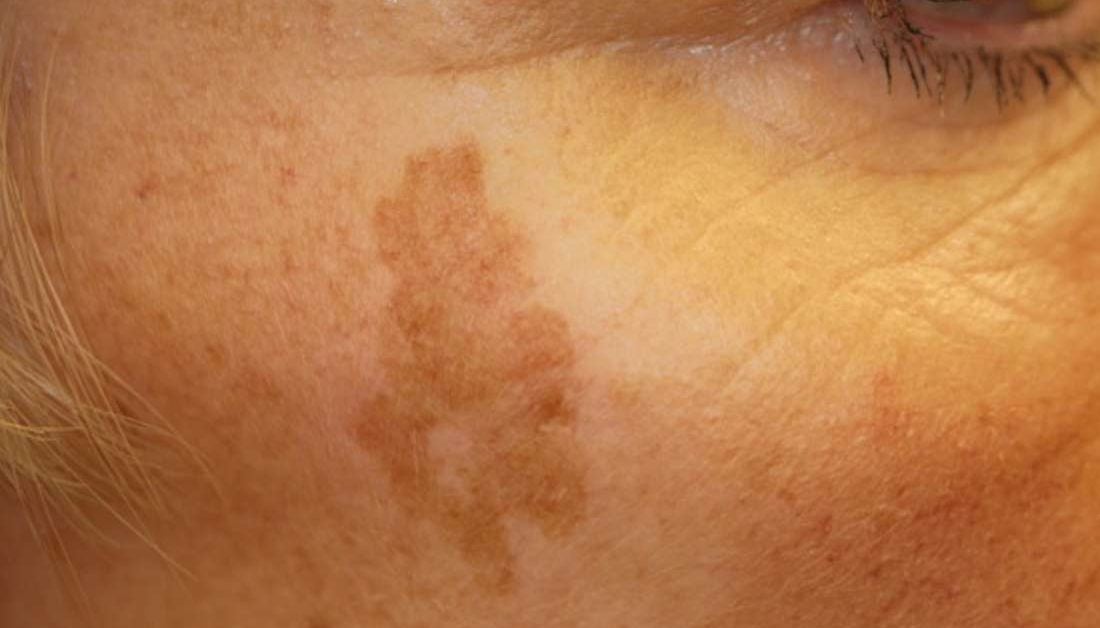



Age Spots Causes Symptoms And Treatment
Age or liver spots can be difficult to differentiate from actinic keratoses (though these tend to be flatter, scaly and more often reddishbrown than true brown), which turn into squamous cell carcinoma (a kind of skin cancer) 10% to 25% of the time Another concern is melanoma, which 1% of the population is at risk for developing in theirCancerous and precancerous skin spots also grow over time, usually at a faster rate than age spots and with other changes in appearance Color 3 Age spots can range in color from yellowish to dark brown The shades are often variable within the same spot, which is also a characteristic of the most dangerous type of skin cancer, melanoma Lemon juice is mildly acidic and may be strong enough to take off the skin's outer layer and remove or lighten age spots Blend honey and yogurt to create a natural bleach that can lighten age spots Mix together 1 teaspoon of plain yogurt and 1 teaspoon of honey Apply, allow to dry for 30 minutes, then rinse
:max_bytes(150000):strip_icc()/GettyImages-1226359667-2fd00844fbb04135b686afd04058c8a7.jpg)



Skin Discoloration Causes And Treatments




How To Remove Brown Spots
In addition, age spots and liver spots can also be a sign of rancid fat accumulating in the body Consuming coconut oil (23 tablespoons a day) and taking a good quality fish oil or krill oil supplement is a terrific way to get rid of, and prevent, toxic rancid fat Identifying the reason for spots on skin can be difficult since there are at least 61 conditions, diseases, viruses, bacteria and infections that can result in skin spots Clues are provided by location and appearance such as color, shape and if the area is raised Age spots are harmless dark spots that are caused by a buildup of pigment Ultraviolet rays can increase the production of melanin which is a skin pigment Certain areas of our body that have had frequent exposure to the sun may develop age spots or liver spots as we get older Age spots happen when melanin is overproduced
:max_bytes(150000):strip_icc()/close-up-of-skin-cancer-702544019-5bfdc47746e0fb0026de7796-47fc425cca044478886faeaa56c8e29c.jpg)



Spot The Differences Between A Mole And Skin Cancer




How To Spot Skin Cancer
Some are trivial and others needed a personal visit to the dermatologist Ask a dermatologist and get peace of mind today 1 Fordyce spots (Sebaceous Glands) Online dermatologist question Skin barnacles, barnacles of the skin, senile wart, age spots, black spots, warty spots, basal cell papilloma, barnacles of aging;Darkened, flat spots that typically appear only on sunexposed areas of the skin Freckles are common in people with blond or red hair No treatment is needed for freckles Keloids Smooth, firm, raised, fibrous growths on the skin that form in wound
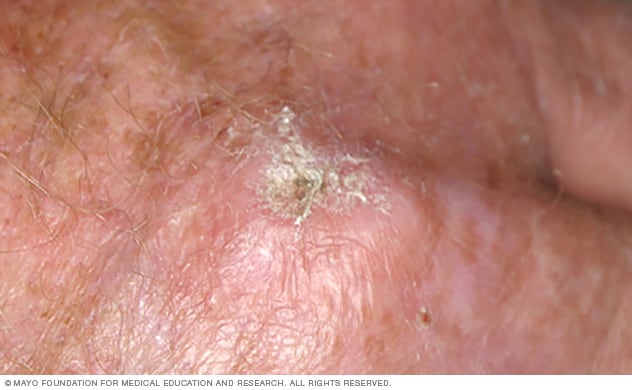



Actinic Keratosis Symptoms And Causes Mayo Clinic




Difference Between Age Spots And Cancer Age Spots Vs Cancer
"There are many types of 'spots' that start popping up on the skin with age, but when most people refer to the term 'age spots,' they are speaking of the brown, frecklelike patches on the face, chest, arms, and hands that can darken and enlarge quickly," explains Nancy Samolitis, MD, FAAD, owner/cofounder of Facile DermatologyThese raised and dark marks resemble freckles but are not nearly as cute Today I want to share with you everything you need to know about treating raised age spots From causes to solutions and tips for you to boost your confidence with smooth, glowing skin!Skin may feel dry and rough to the touch, or raw, sensitive and painful, or even itchy with a pricking or burning sensation Some AKs look and feel inflamed In rare instances, they may bleed or develop a persistent sore, also known as an ulceration In other cases, they come and go in the same spot
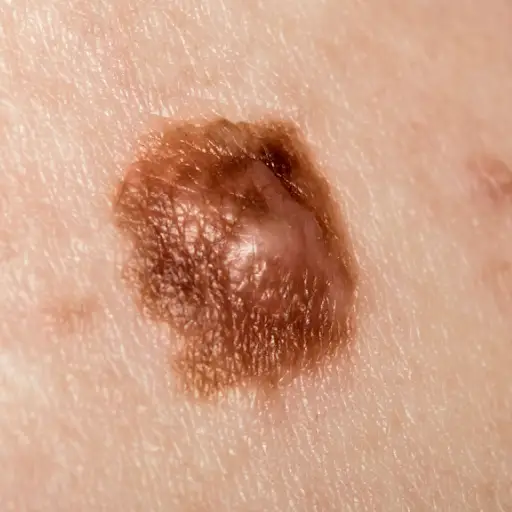



6 Kinds Of Skin Cancer And Their Symptoms




Moles 3 Basic Types Causes Symptoms Removal
Age spots appear when melanin becomes clumped in the skin or is produced in high concentrations, such as when your skin is exposed to lots ofESKATA, the newly FDpproved seborrheic keratosis treatment, is a 40% hydrogen peroxide gel that your dermatologist will apply directly to your skin using a penlike applicator It can be applied every month for optimal results The average lesion requires 12 treatments After the treatment the skin will look redSeborrheic keratosis A common skin disorder that is characterized by benign, painless, often wartlike skin lesions that appear to be 'stuck on'The raised spots are usually yellow or brown Treatment, if warranted, involves surgical or cryosurgical removal Also



Skin Conditions Types Causes Treatment




Skin Disorders In Older Adults Benign Growths And Neoplasms Consultant360
White spots on skin White spots on your skin are typical and varies with age and setting, they can be many things Below are example cases;




Liver Spots Images Stock Photos Vectors Shutterstock




Eskata Miami Ft Lauderdale Bodycaredoctor Com
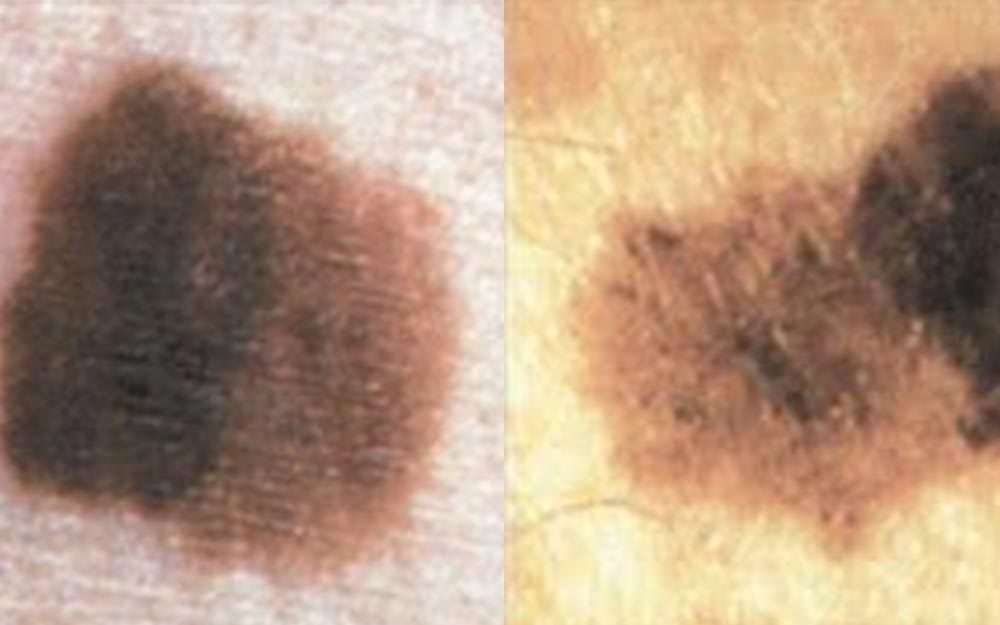



The Difference Between Melasma And Other Skin Spots The Healthy




Find Out Who Is Worried About Remove Brown Spots And Why You Should Pay Attention Healthy Medicine Tips Brown Spots On Face Spots On Face Brown Spots On Skin




Skin Lesions On The Face Most Common Types



Cosmetic Mole Removal Dr Bromberg Skin Clinic Gold Coast




Raised Brown Spots On Skin Pictures Photos
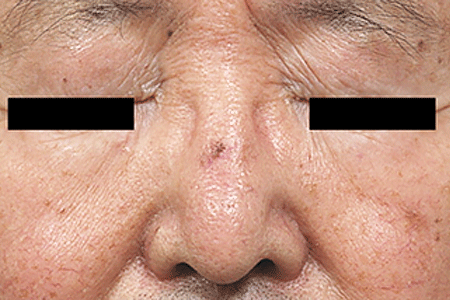



Actinic Keratosis Signs And Symptoms



1




Seborrhoeic Keratoses Spot Check Clinic




Discolored Skin Patches Pictures Causes And Treatments




What Do Red Spots On Skin Mean 13 Skin Spots Bumps Pictures




Skin Disorders In Older Adults Benign Growths And Neoplasms Consultant360




Choosing A Beauty Cream For Brown Age Spots Brown Age Spots Beauty Cream Age Spots



Raised Age Spots On Face Pictures This Condition Occurs Most Commonly In Women Of Childbearing Age And




Skin Problems Weird Conditions Associated With Aging



3




The Other Age Spots Everyday Health
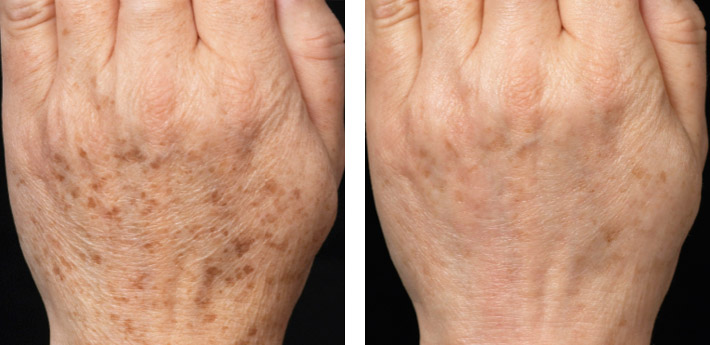



Age Spots Bluefern Spa



What Is The Difference Between An Age Spot And A Mole Are Age Spots Ever Cancerous Quora



1




Liver Spots Images Stock Photos Vectors Shutterstock
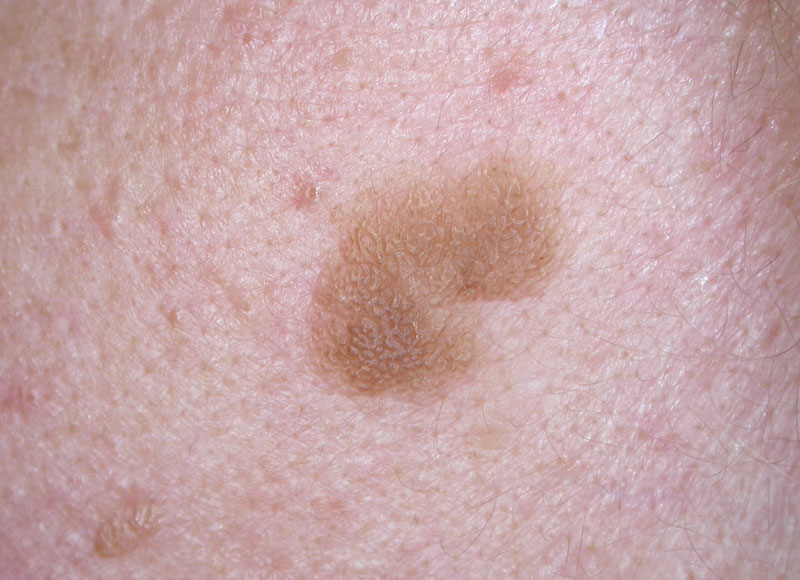



Skin Blemish Removal Incl Mole Removal Skin Removal Medical Skin Clinic Burnley Lancashire



Raised Brown Spots On Skin Mediologiest




Age Spots Images Stock Photos Vectors Shutterstock




Spot The Difference About Melanoma Dermnet Nz




Discover The Best Natural Solutions For Age Spots
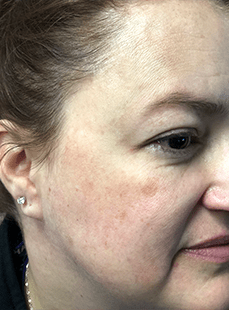



Why Do I Have These Brown Spots On My Face Denver Health Denver Health




Skin Problems Weird Conditions Associated With Aging
/hands-358d3886a7eb427db49385484c29fdce.jpg)



Unexplained White Spots On Your Skin Could Be Caused By Aging




High Blood Pressure Makes You Look Older Via Premature Aging Hello Heart
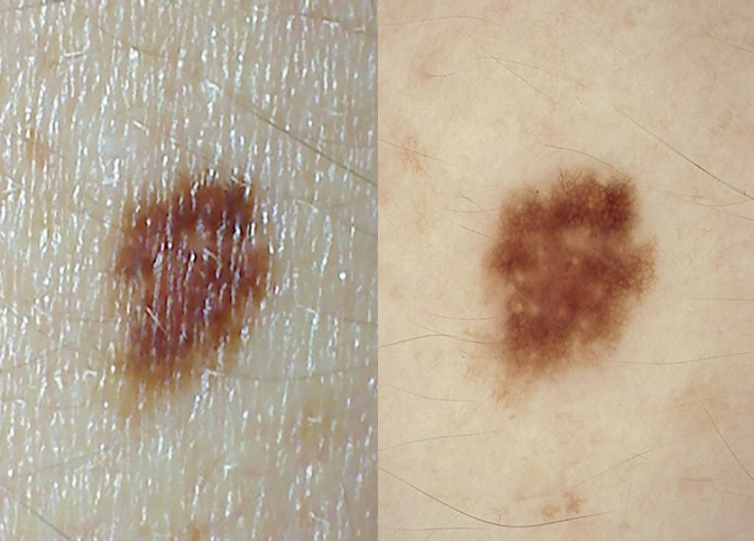



Common Lumps And Bumps On And Under The Skin What Are They
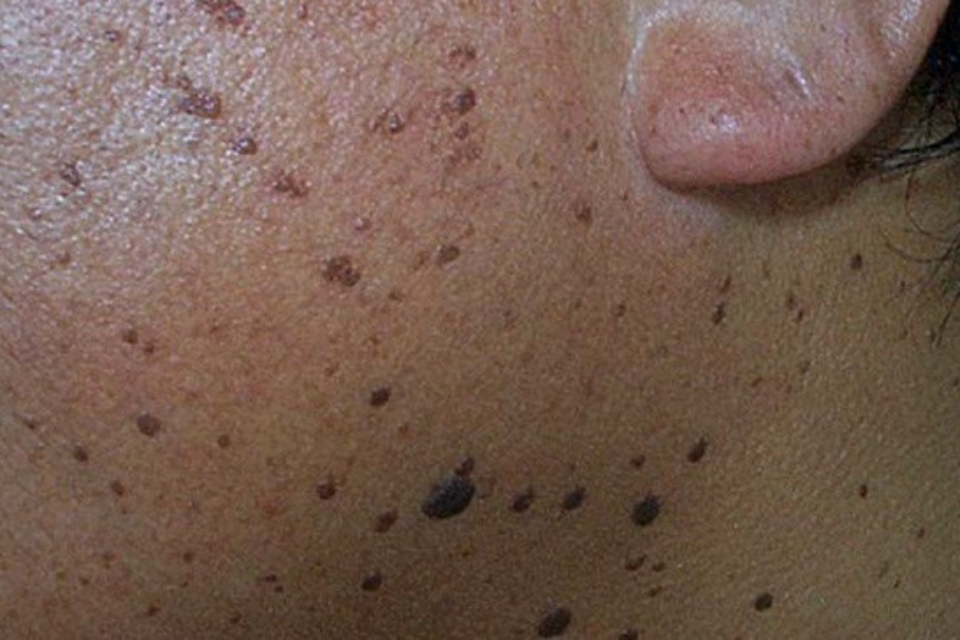



Dermatosis Papulosa Nigra The Dermatology Specialists




6 Ways To Get Rid Of Age Spots On Your Hands Say Dermatologists
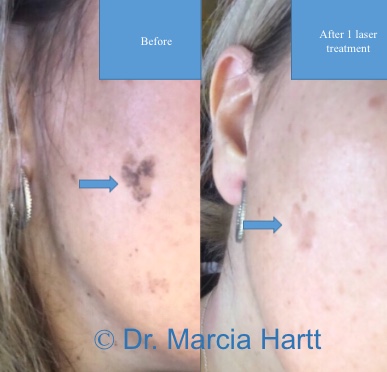



Age Spots Raised Lesions Sun Damage Melasma




The Most Common Skin Lesions Benign With Pictures




Brown Spots Seborrheic Keratosis Phillips Aesthetic Dermatology




Seborrheic Keratoses Everything You Need To Know




How To Get Rid Of Skin Barnacles Dr Cynthia Bailey
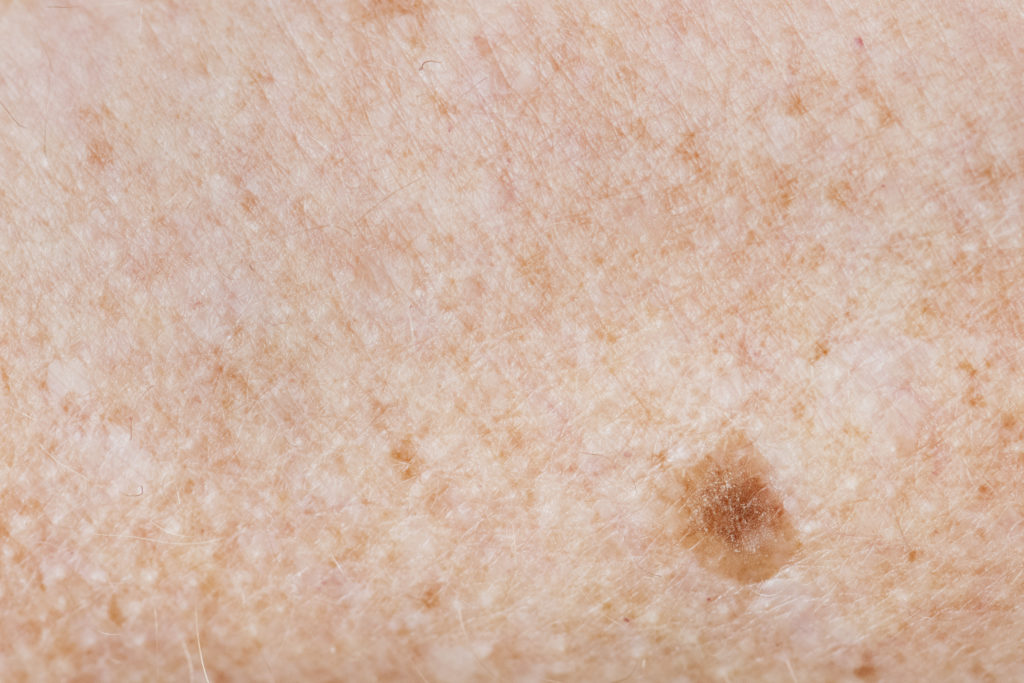



Melanoma And Age Spots Age Spots Maryland The Vein Center




Seborrhoeic Keratoses Brown Warts Basal Cell Papillomas Seborrheic Keratosis




How To Get Rid Of Brown Spots On Confront Brownspotsremoval Darkbrownspotsonface Raisedbrownspots Brown Spots Removal Dark Spots On Face Brown Spots On Face



1




Seborrheic Keratosis Wikipedia
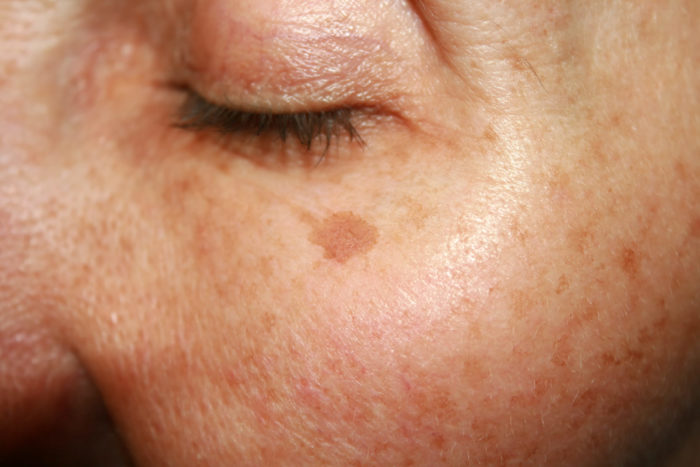



Age Spots Barnacles On The Ship Of Life Age Spots Wellesley Hills Krauss Dermatology



Age Spots In The Asian Skin And Its Treatment Rechercheskincare Com




Liver Spots Images Stock Photos Vectors Shutterstock



Brown Spots On Skin Are They Dangerous Medical Society




7 Best Ways To Get Rid Of Age Spots Top Removers For Dark Spots
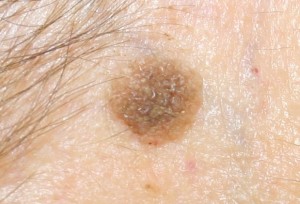



Common Skin Spot Treatments Boston Wellesley Krauss Dermatology




Age Spot Removal Or Seborrheic Keratosis Brandon Dermatology



Skin Conditions Types Causes Treatment




Giving Imperfections The Cold Shoulder



Skin Sunspots Aka Age Spots Causes Prevention And How To Get Rid Of Them




Skin Problems Weird Conditions Associated With Aging
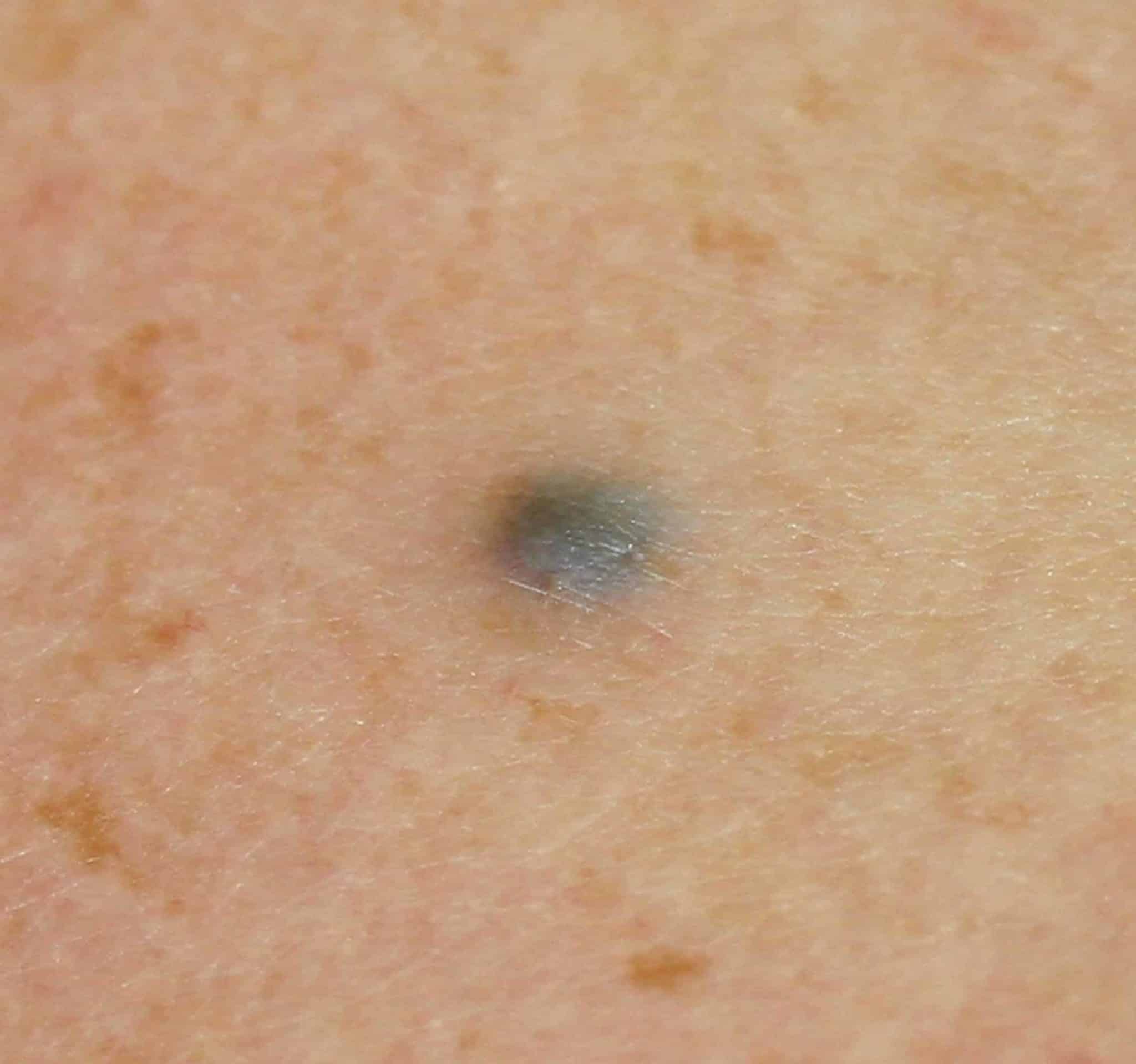



The Mole Guide What Does A Cancerous Mole Look Like Harley Medical Group




How To Spot Skin Cancer
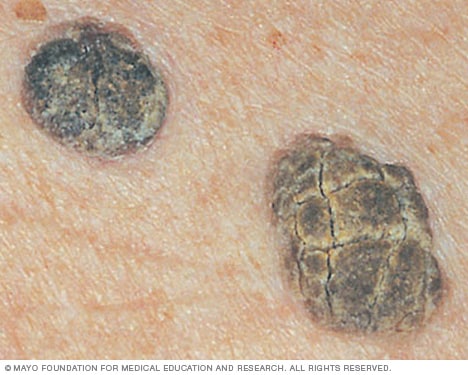



Seborrheic Keratosis Symptoms And Causes Mayo Clinic




Everything You Need To Know About Treating Raised Age Spots




Skin Lesions On The Face Most Common Types




Treating Senior Skin Conditions Associated With Aging Skin Feisty Side Of 50




Skin Erase Drellenmahony Com




Pin On Age Spots
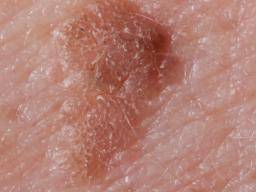



Seborrheic Keratosis Symptoms Treatment And Causes
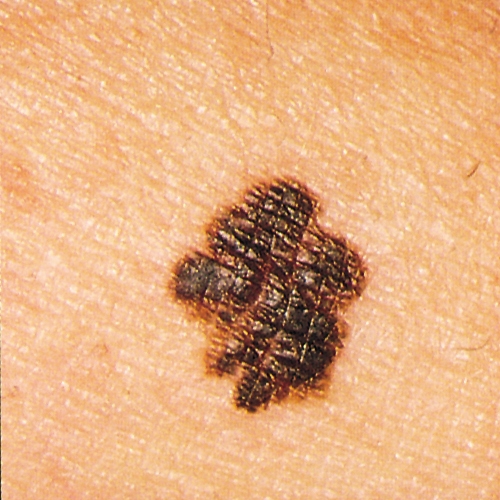



How To Spot Skin Cancer




Benign Skin Lesions Knowledge Amboss




Difference Between Age Spots And Cancer Age Spots Vs Cancer
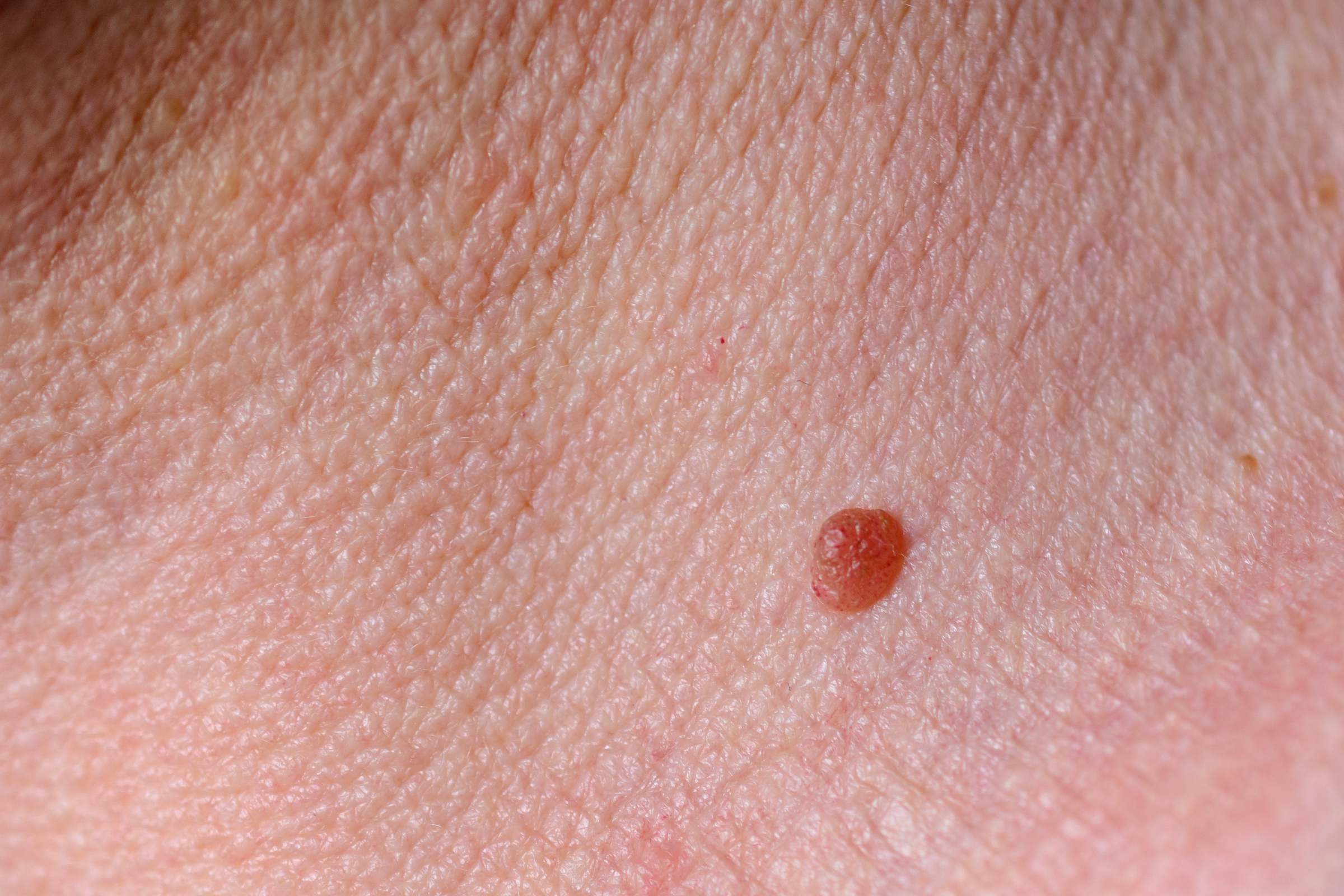



9 Sneaky Warning Signs Of Melanoma You Might Miss
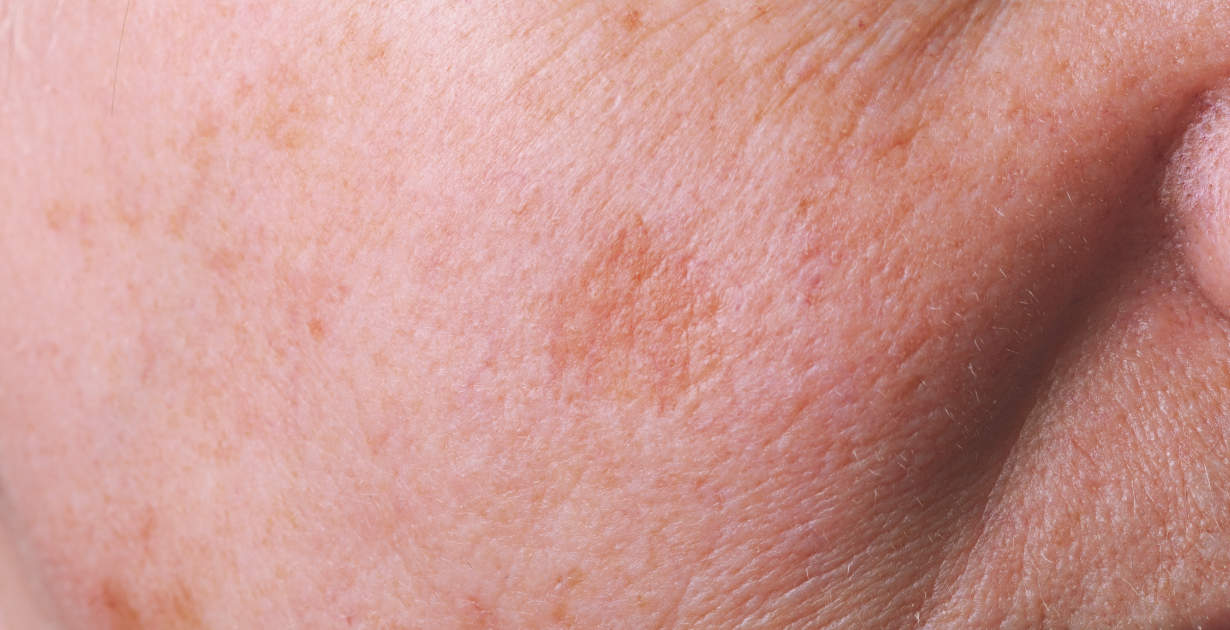



Sun Spots 5 Natural Ways To Help Treat Sun Damaged Skin Dr Axe
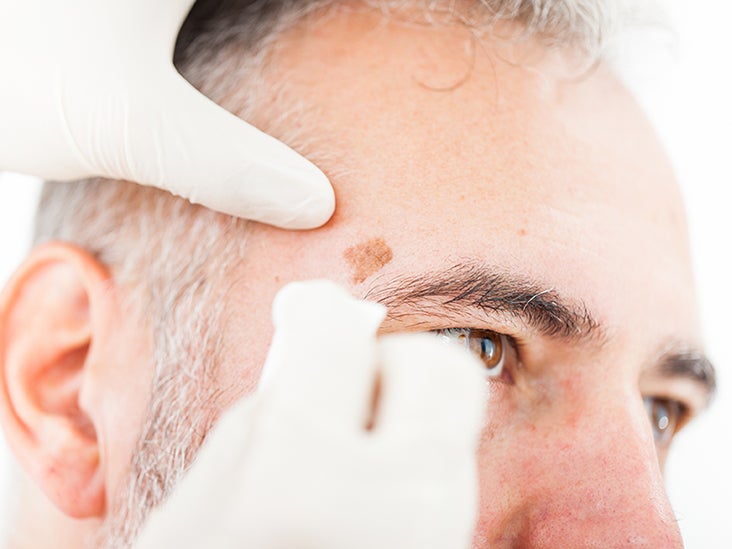



Liver Spots Solar Lentiginosis




What Do Red Spots On Skin Mean 13 Skin Spots Bumps Pictures
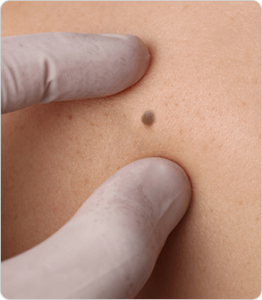



Small Light Brown Spots On Skin Seborrheic Keratoses Sks Nyc




How To Get Rid Of Liver Spots And Skin Pigmentation According To The Experts




Types Of Moles And Skin Lesions Aim At Melanoma Foundation




Brown Spots Skin Condition Celebrity Skin




Seborrheic Keratosis Picture Image On Medicinenet Com



Treat Problem Skin Acne Scars Free Consultation




The Best Ways To Get Rid Of Age Spots
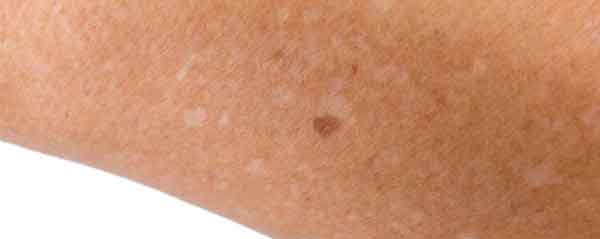



Can You Get Rid Of Age Spots
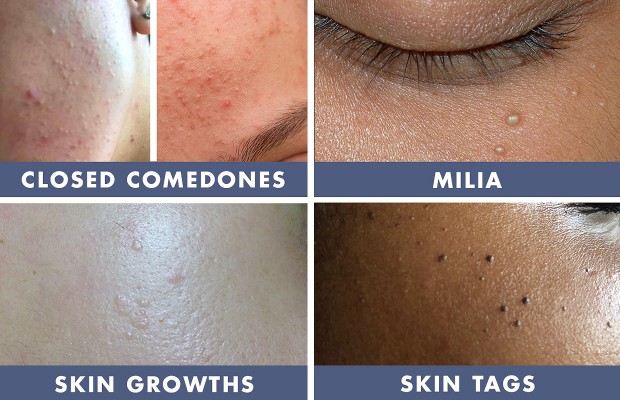



Bumps On The Skin Age Bumps Skin Growths And Clogged Pores
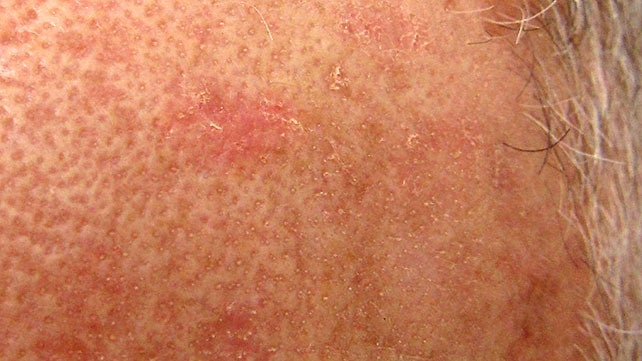



Actinic Keratosis Causes Symptoms And Treatment




Why Your Skin Has So Many Discolorations As You Age Seacoast Dermatology Pllc Dermatology Clinic




A Guide To Raised Bumps On Your Skin Red Moles Brown Spots Cysts




Ways To Remove Brown Spots On Confront Obviously Brownagespots Brownspotsappearingonskin Raised Brown Spots On Face Brown Spots On Hands Brown Spots On Skin
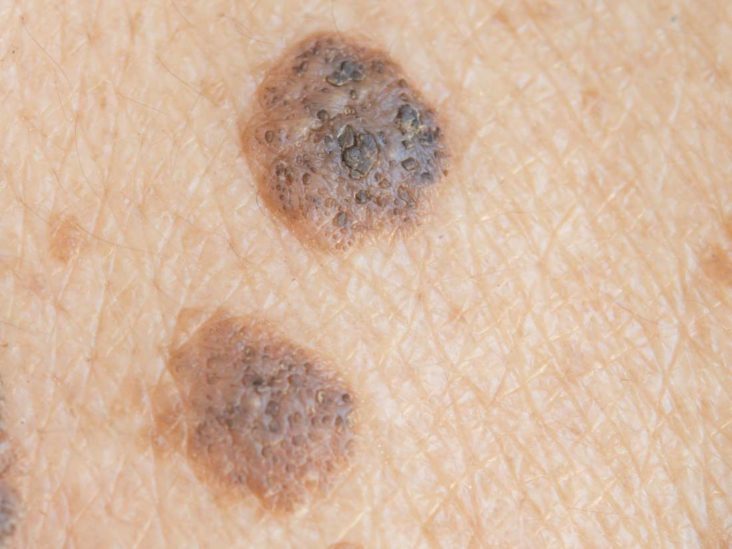



Seborrheic Keratosis Vs Melanoma What S The Difference




The Difference Between Melasma And Other Skin Spots The Healthy




Spots That Appear On Your Skin That Aren T Moles Avail Dermatology




Seborrheic Keratoses American Osteopathic College Of Dermatology Aocd



0 件のコメント:
コメントを投稿